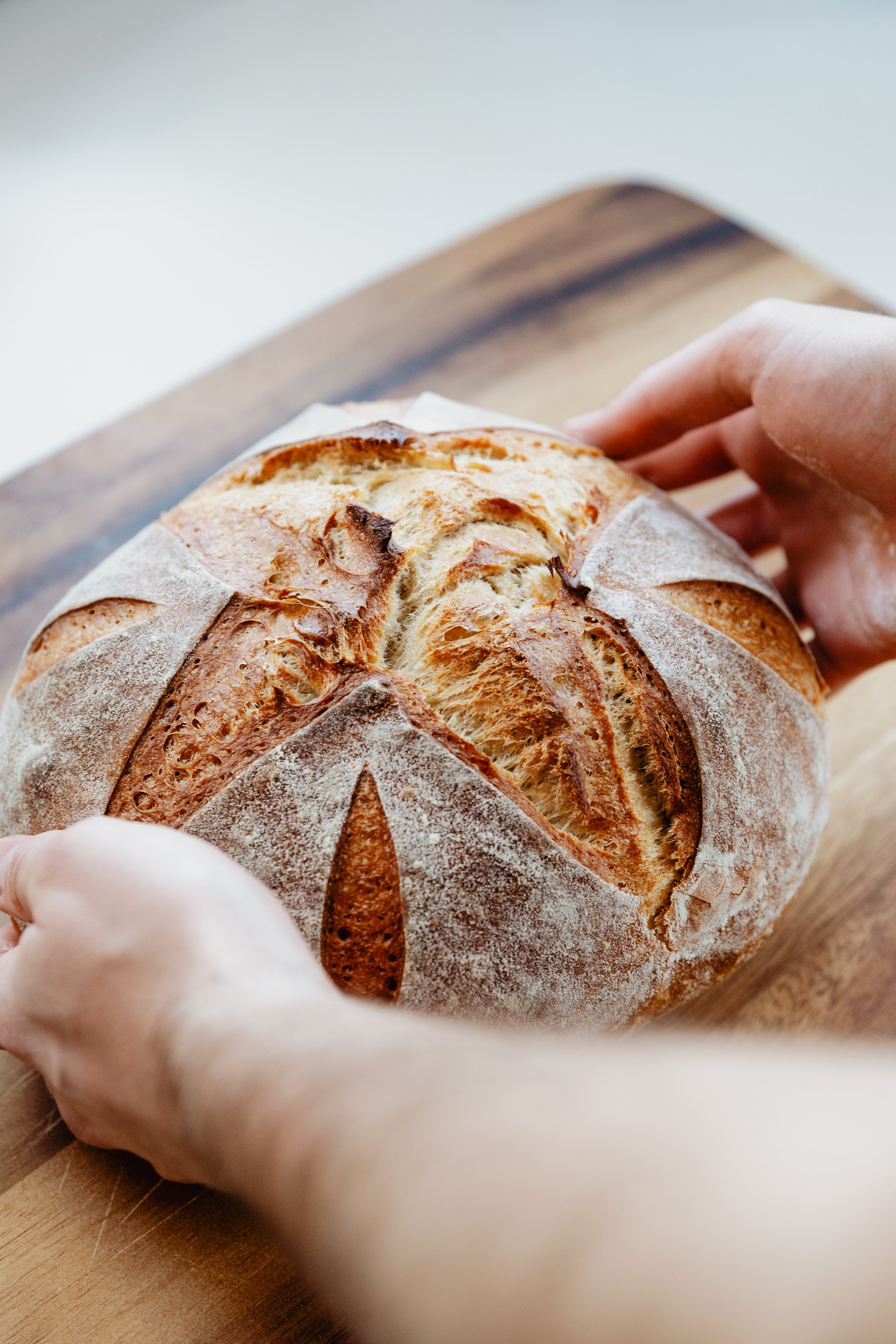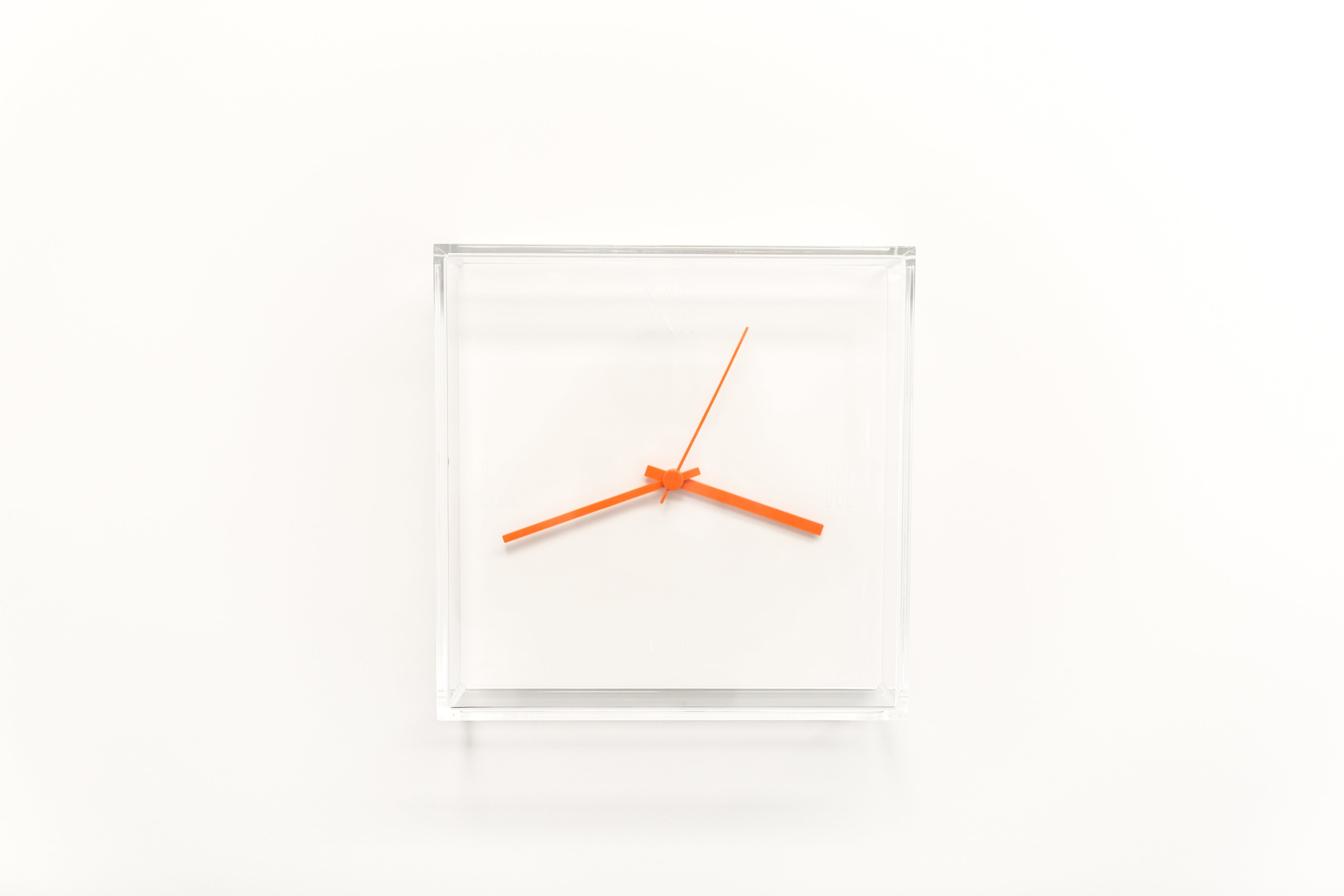How to professionally support your residents with Sprechbild
The following examples show how our products can be used.

Activation and Engagement – Creative Impulses for the Day
Enable residents to actively participate in daily life with Sprechbild products designed to encourage engagement.
Example:
Place a beautifully designed card in the common room, linked to a motivating audio message. When the therapy card is touched, a message plays, such as:
“Do you remember the smell of freshly baked bread? Tell us about how you used to bake with your family.”
This activating prompt invites residents to reminisce, share stories, and reflect on their past - enriching the day with meaningful, creative moments.
Sprechbild therapy cards not only provide orientation but also promote communication and cognitive engagement, significantly enhancing residents’ well-being and quality of life.

Personalized Care Made Easy – Seamlessly Integrated into Daily Life
Start the day in your facility with a simple yet effective solution: Instead of caregivers having to provide constant reminders, beautifully designed cards are placed in highly visible areas of the living space.
As soon as a resident notices and touches one of these cards, the Sprechbild audio pen automatically activates a personal voice message - such as a warm greeting or a clear cue about the daily routine.
These specially designed cards for dementia patients help structure the morning seamlessly and effortlessly. Additionally, the system can be expanded with an interactive photo book, providing extra visual memory aids.

Increased Efficiency and Enhanced Interaction – Optimized Workflows and Reduced Staff Workload
In a modern care facility, Sprechbild therapy cards are strategically placed in central areas to help structure residents’ daily routines while also fostering interaction with caregivers.
Example – Getting to Know the Staff:
In both common areas and residents’ rooms, cards are displayed to introduce caregivers by name and photo. When touched, a message plays, such as:
“This is Anna – your caring caregiver. She is always here for you and happy to help.”
This targeted approach makes it easier for residents to recognize staff members and build trust, reducing the need for repeated explanations.
By combining automated reminders with personalized interactions, caregivers can focus more on individual care tasks. This not only ensures a well-structured daily routine but also saves valuable time - an essential factor in preventing overload and burnout while improving job satisfaction in the long term.
